SEXTORTION EXPLOITS KIDS TO SEND EXPLICIT PHOTOS/VIDEOS

What is sextortion?
Greek philosopher Heraclitus has been famously quoted as saying, “Change is the only constant in life.” More than 2,500 years later, this could not be truer regarding technology and the internet. Technology is always changing, as are the social dynamics of an online world.
Twenty years ago, parents warned their children of “creeps in AOL chatrooms.” Today, most parents are unaware of how predatory the internet truly is. “Stranger danger” has been hammered into children’s heads for decades:
- Don’t talk to strangers.
- Don’t accept candy or gifts from strangers.
- Don’t get into a stranger’s car.
But what happens when the stranger presents themselves as a 15-year-old boy who loves soccer and attends a neighboring high school? Let’s say, their profile picture and online language appear consistent to that of an adolescent male. He even shares mutual friends with my teenage daughter. Everything checks out, right? Think again.
Social engineering is the art of communication where one person manipulates another person into providing confidential information, doing certain actions (for the benefit of the manipulator) or taking an action that the victim normally would not take. Sextortion is often a consequence of a particular type of social engineering called online grooming. Online grooming involves a malicious individual developing an emotional relationship or connection with a child for the purpose of sexual abuse.

Sextortion has been broadly defined as a type of sexual exploitation that involves threatening or coercing a child into sending sexually explicit photos or videos. After the perpetrator receives one or more sexually explicit photo or video from a child, they may threaten to release the photos or videos to the child’s family, friends or classmates unless they comply with the perpetrator’s demands. According to a study conducted by Sameer Hinduja and Justin Patchin (2019), the most common demands are more sexually explicit photos or videos (38%), sex or sexual acts (29%), and/or money (29%). The majority of sextortion cases begin with “consensual” sexting, where you willingly share explicit materials. It is important to note that sextortion is not solely perpetrated by adults targeting children they meet online. Sextortion can also occur in teen dating relationships or as part of a break-up. Sextortion is on the rise and has been increasing more rapidly than any other form of online child exploitation.
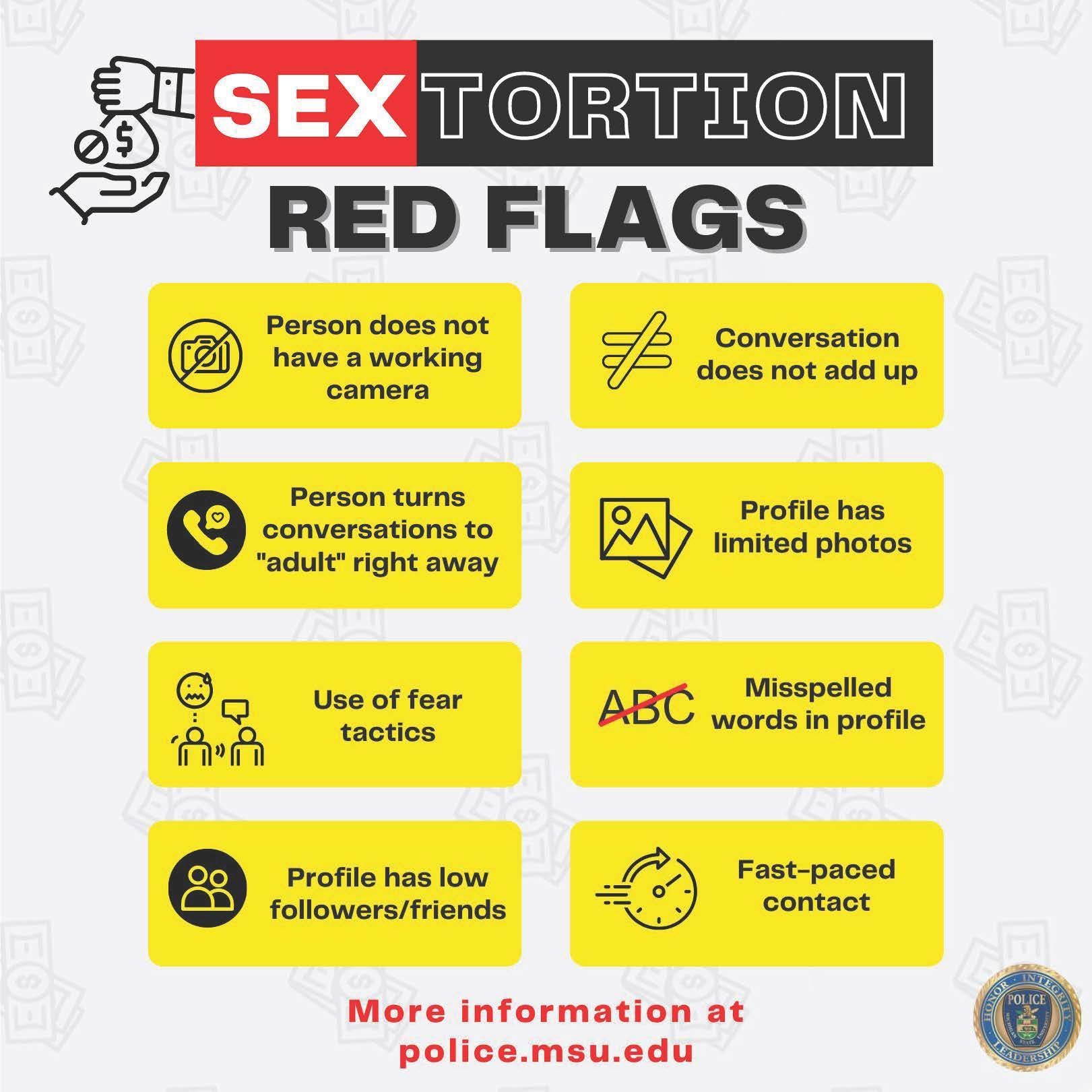
- According to the National Center for Missing and Exploited Children (NCMEC) Sextortion Tipline from October 2013 through June 2015, approximately 22% of victims suspected or knew that multiple children were targeted by the same offender. The ages of sextortion juvenile victims range from 8- to 17-years-old, with 25% of sextortion victims being 13 years old or younger
- (Thorn, 2017). A majority of sextortion victims were reported to be female children (78%) with the average age of 15 years. However, a recent study suggests that boys are more likely to be the target of sextortion but are more reluctant to tell an adult compared to girls (Hinduja & Patchin, 2019).
- According to Patchin and Hinduja (2019), “75% of the victims of sextortion admitted to sending a sexually explicit image of themselves to someone else. That means that at least 25% of the victims did not, and their images were somehow procured illicitly (perhaps through hacking their phone, or the Cloud where their images were backed up).”
- You may be asking yourself, “So what are kids doing when they are threatened!?” According to a 2017 survey of 2,097 participants, 62% of victims complied with demands made by the perpetrator in an effort to make the threats stop. However, 68% of those victims noted that the threats became more frequent after complying with the initial demands (Thorn, 2017).
Now, how are youth affected by sextortion?
- Anxiety and depression including suicidal ideation and/or attempts
- Withdraw from friends and family
- Feelings of hopelessness and helplessness
- Shame and embarrassment
- Loss of control as well as feelings of safety/security
- Bullying at school or online (if sexually explicit photos/videos are released)
- Fear of legal consequences for victims (going to jail; sex offender registration) or consequences from parents (phone taken away; delete social media). This fear may contribute to delayed disclosure
In part two of blog series on sextortion, learn tips on how to avoid sextortion as well as resources for parents and children who have been victimized online.
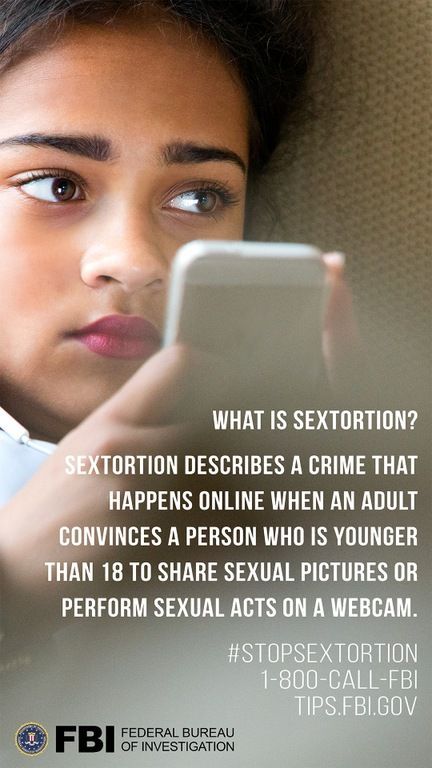
Dr. Seandra Walker is a clinical psychologist and the Sexual Inappropriate Behavior Remediation (SIBR) Program Director at C&A. The mission of the SIBR program is to prevent sexually inappropriate behavior among adolescents and to address its effects on youth, families and the community. The purpose of treatment includes not only the elimination of risk for sexual and/or general recidivism, but also the introduction of positive indicators of health – psychological, social, biological, and/or spiritual. The goal of the SIBR program is to provide relevant psychoeducation, effective interventions, and genuine empathy to remediate inappropriate sexual behaviors and develop skills necessary for healthy and happy relationships.
If you are interested in these services and not already a client of
C&A, you can call our intake department (330) 433-6075 to schedule an initial intake.
RECENT POSTS
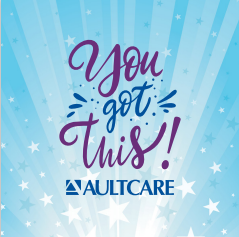
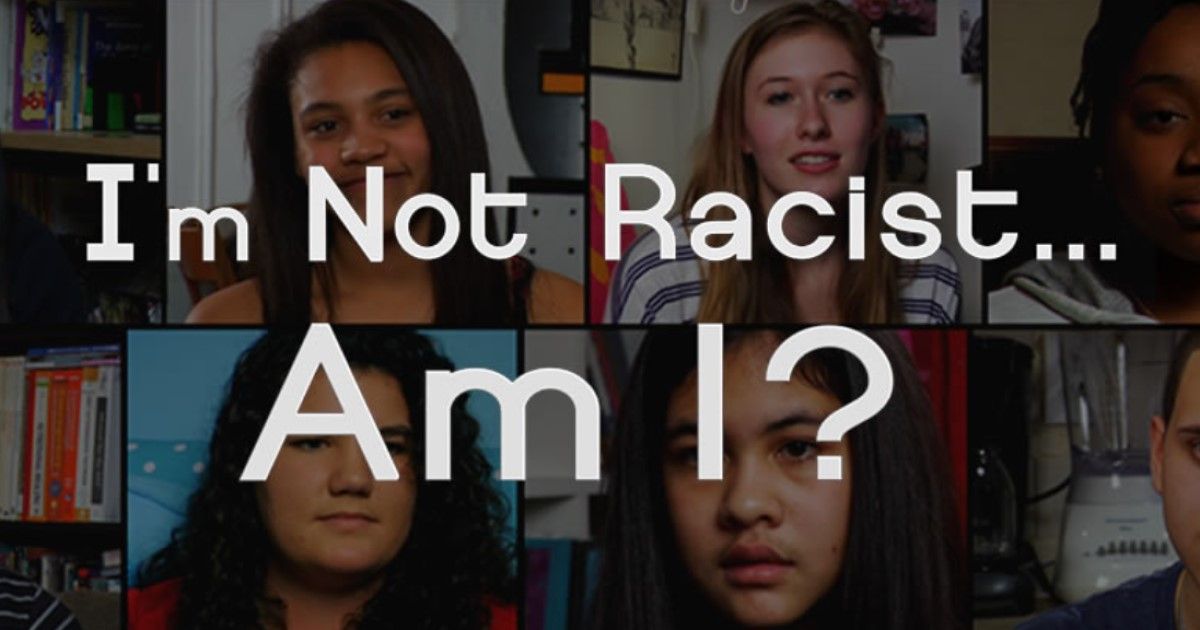
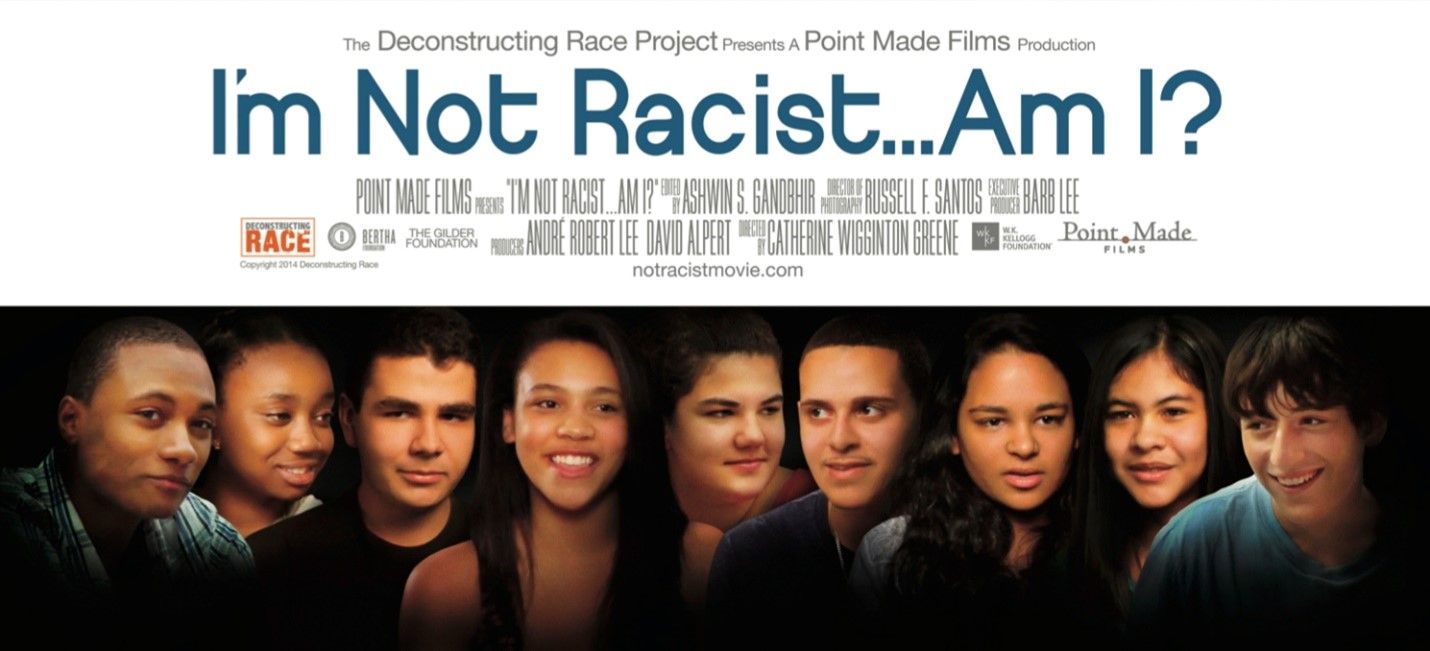


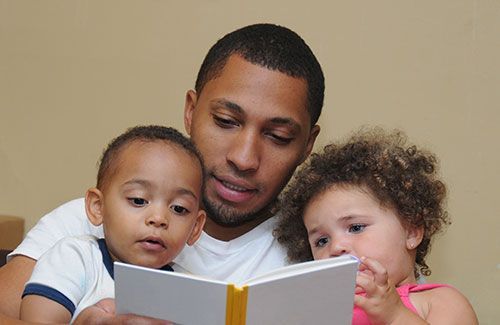


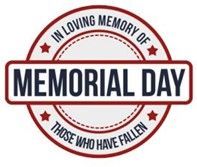
C&A opened its doors in late June, 1976. Learn about our wonderful history and how the agency has expanded its programs, services and locations throughout Stark County.
SHIPLEY OFFICE
BELDEN VILLAGE OFFICE
ALLIANCE OFFICE
PLAIN COMMUNITY OFFICE
All Rights Reserved | Child & Adolescent Behavioral Health

